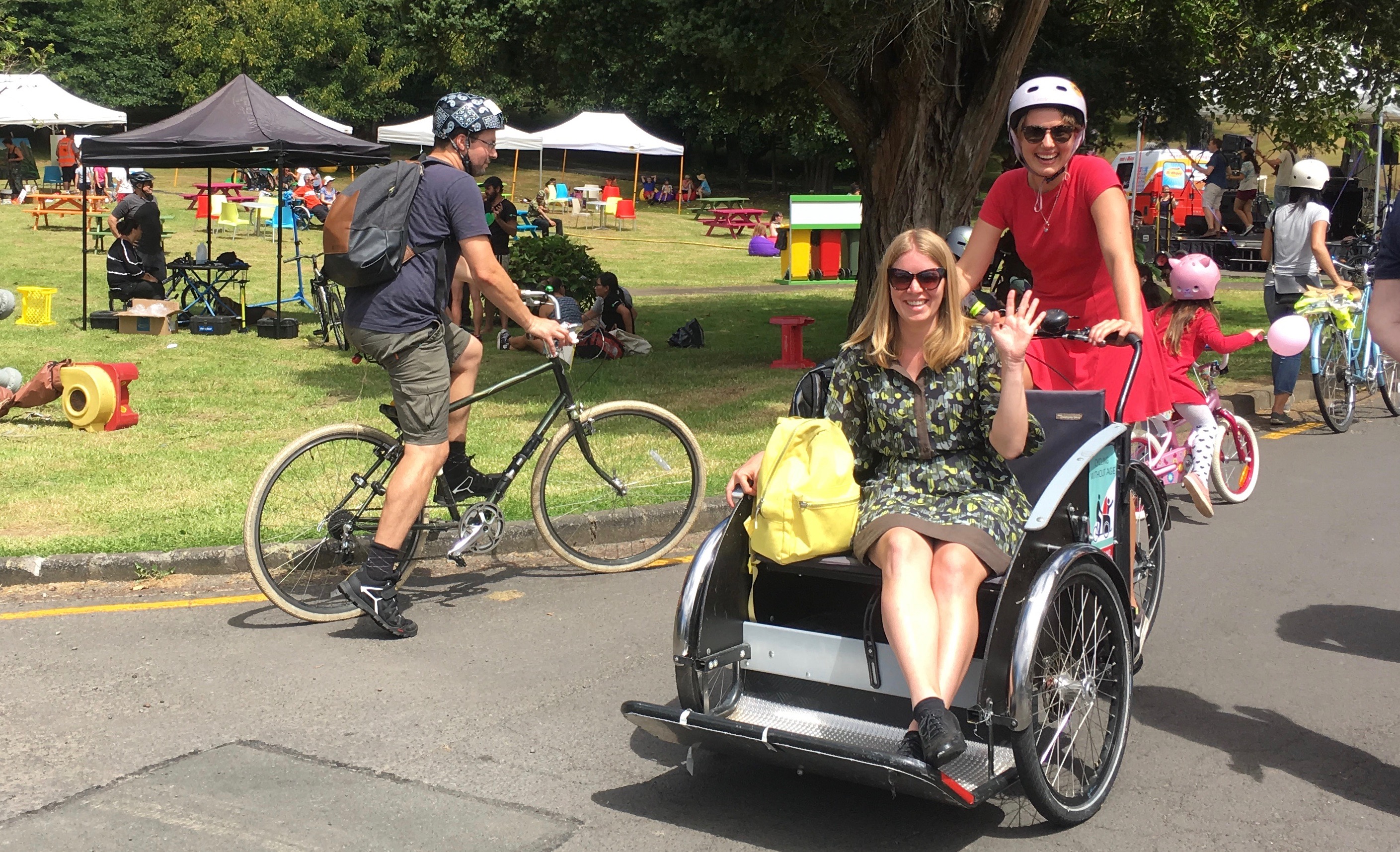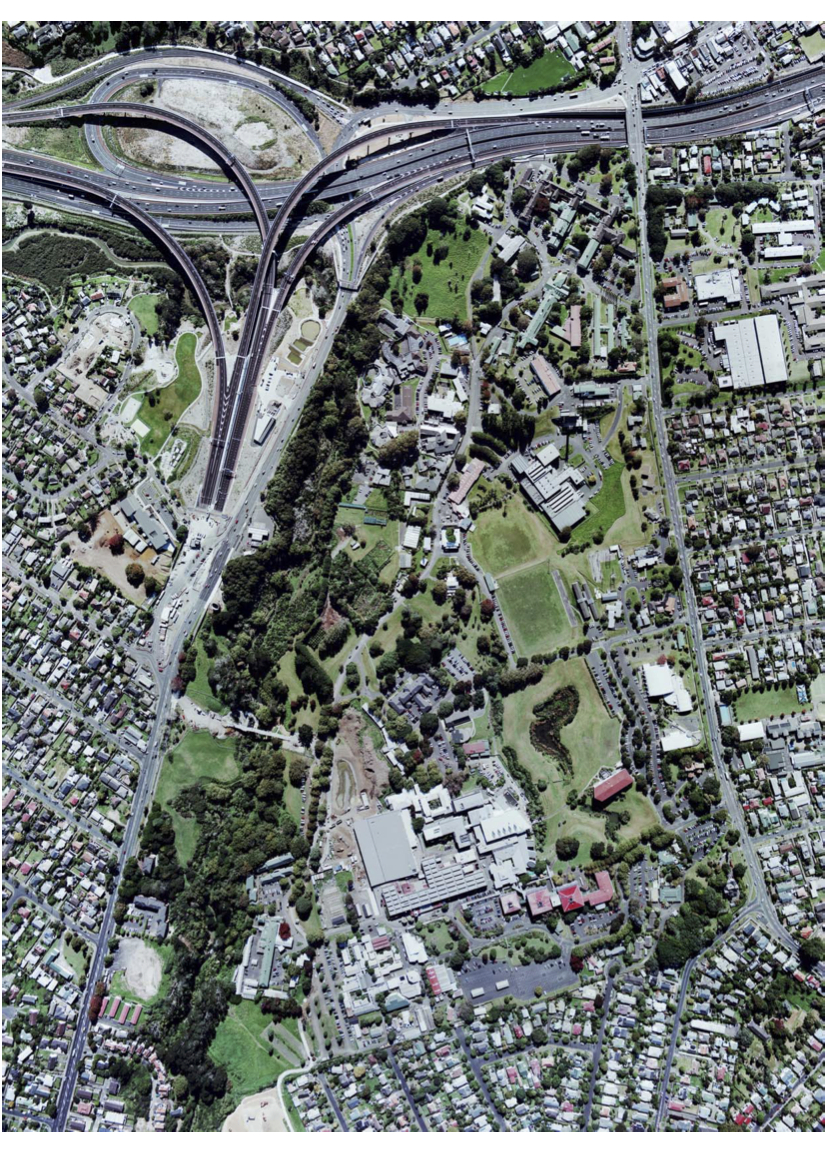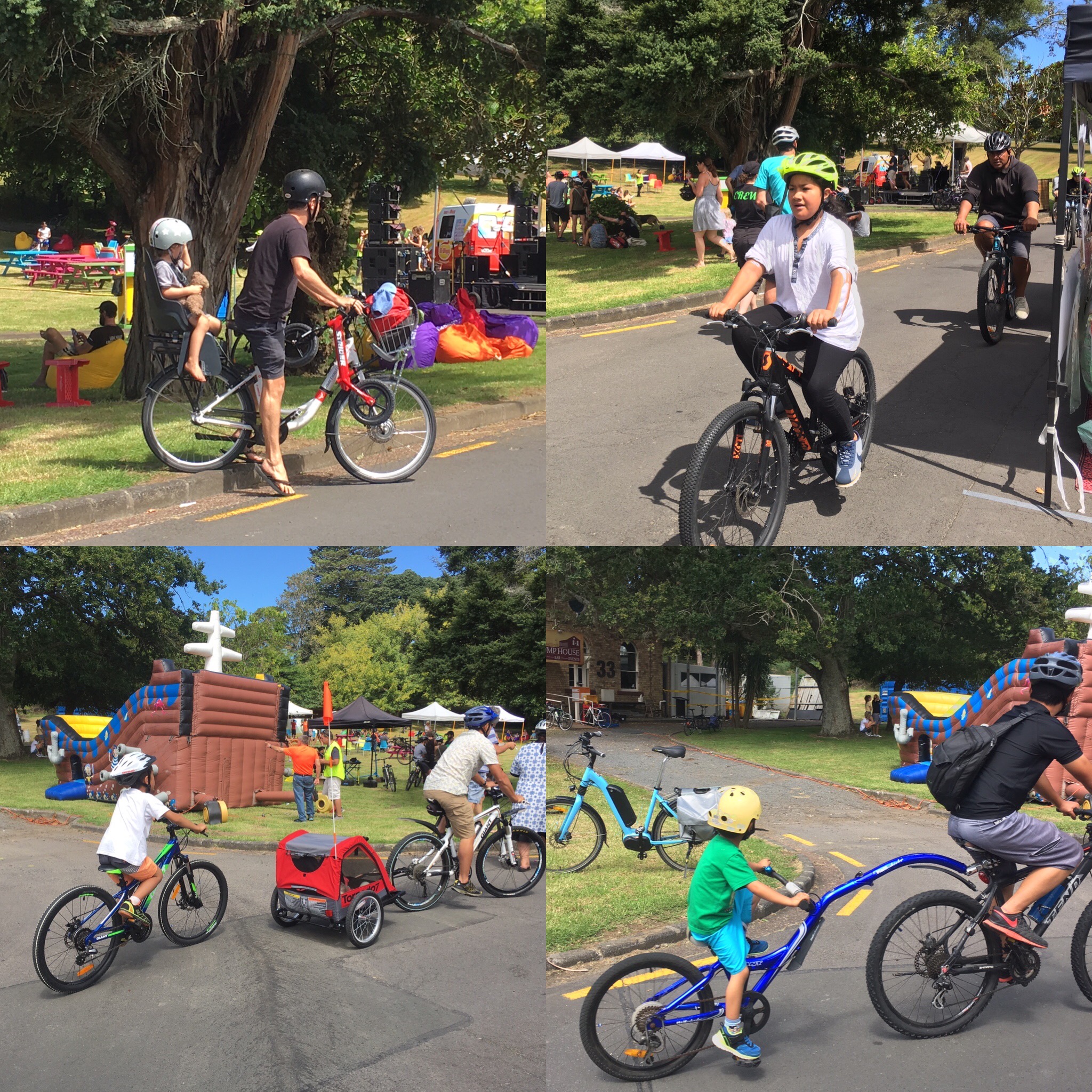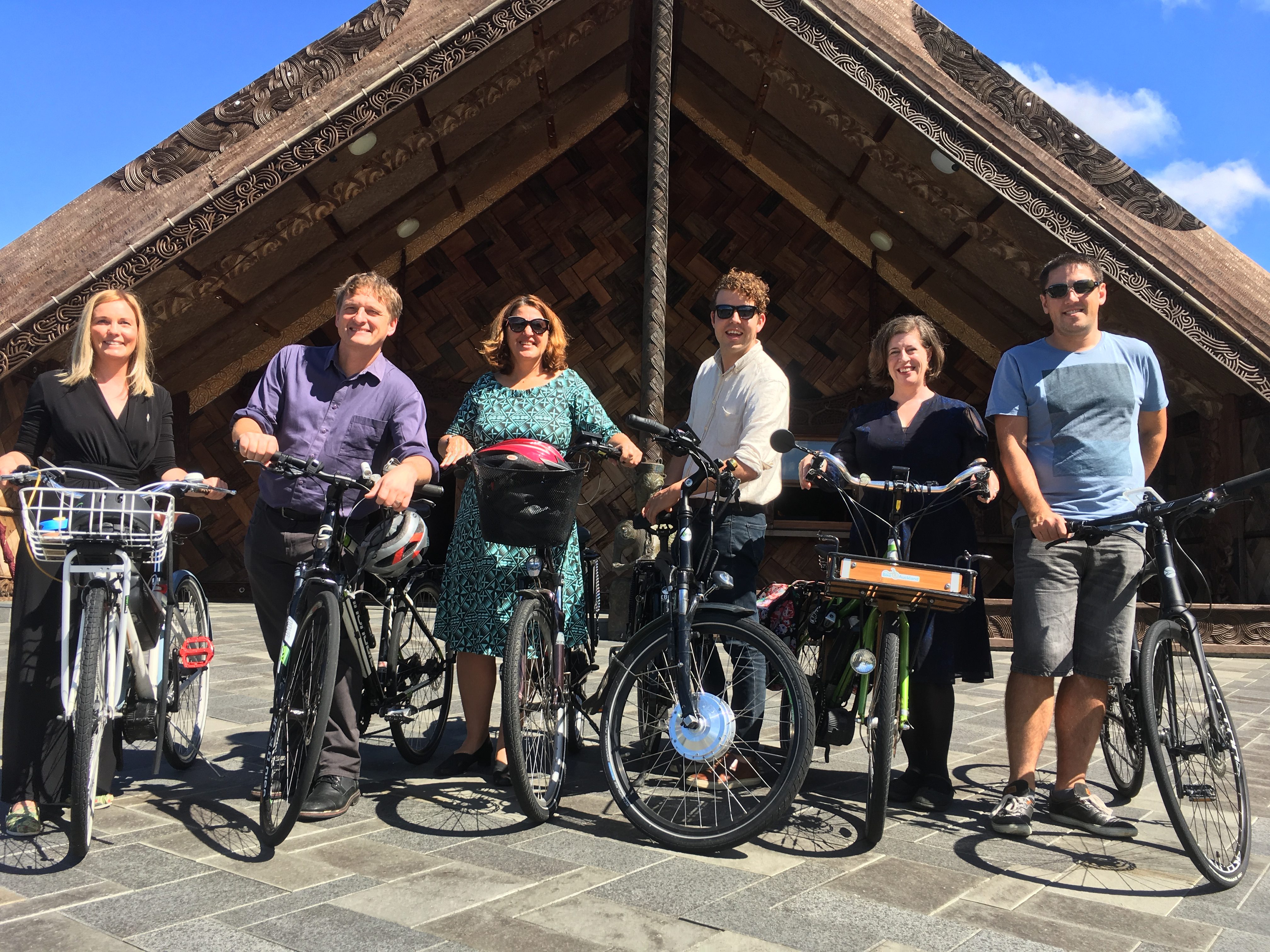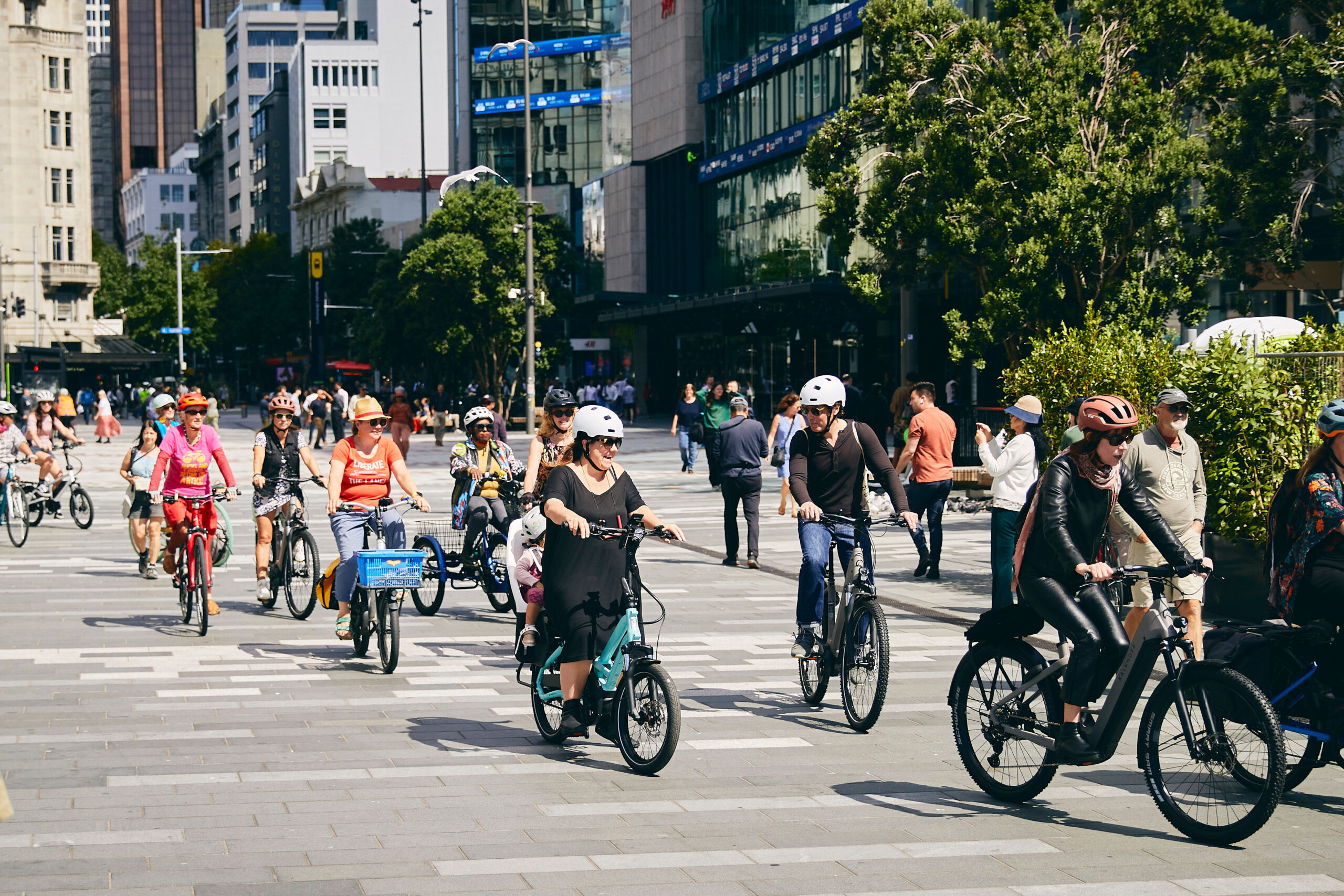Plugged into the cycleway network on all sides, a short ride from a train station and future light rail, knitted into nearby neighborhoods and only half an hour ride from the central city, and with a transport plan to create bike-friendly streets inside a green campus… Auckland’s newest development could be our first Biketopia.
Announced on Sunday, the government’s purchase of 29ha of Unitec land in Mt Albert in order to create affordable housing in partnership with iwi will bring 3000-4000 new homes – and 10,000 or so new residents – to what is, in transport terms, an absolute gem of a location.
The land, full of history and heritage and grand old trees, sits on a prime site at the nexus of a bunch of great connections. It was already being prepared for sale to private developers, with a strong emphasis on the site’s transport links and the huge potential to create a sustainable, efficient, and green community.
Signs are encouraging that the new government-iwi approach will deliver on all of that – plus affordability too. Happily, the deal also means a reprieve for the magical Sanctuary Gardens/ Mahi Whenua.
Sunday’s announcement at Te Noho Kotahitanga marae was not your usual stand-up, but a moving occasion of spirit and song. The partnership between government and iwi is in itself a powerful statement: as Minister Phil Twyford on the day said to assembled mana whenua: ‘We see you not only as treaty partners but as development partners.’
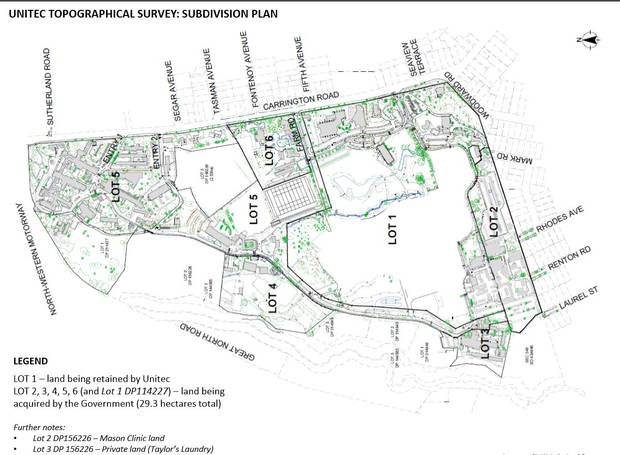
Prime Minister Jacinda Ardern, speaking in the wharenui, said that solving the housing crisis is not simply about building physical homes, but putting the well-being of people first.
‘We’re not just talking about bricks and mortar. This is about community. We’re trying to build a community; one that is healthy, one that is inclusive. People need a sense of shelter, of belonging, and of stability.’

Ardern cited the famous line of Norman Kirk’s – about how New Zealanders need someone to love, somewhere to live, somewhere to work, and something to hope for – and had strong words about the state we’re in.
‘No one in a nation as prosperous as ours should be homeless. No one should have to live in a garage. No child should have to do their homework in a car.’
In fact, it’s possible that garages and cars will be almost beside the point in this particular new community. Housing and transport minister Phil Twyford noted the ‘remarkable transport accessibility’ of the location, which lends itself to a new kind of thinking about how people live and travel:
This site has walkways and cycleways on every side. There’s a rail station a short walk away at Mt Albert, rapid buses on Carrington Rd, [and in future] a light rail station at Pt Chevalier. This may be the first major community in Auckland where you can live well and not have to own a car.‘
That accessibility was proudly on show at last month’s inaugural Star Ride, which drew all sorts of people on bikes towards the site from all points of the compass. For that event, people arrived at the site via existing safe cycleways, from Te Atatu, Mt Roskill, Waterview, and the CBD (and, in the case of the contingent from Pt Chevalier, along a main arterial that is on track to be made more bike-friendly in the next few years).
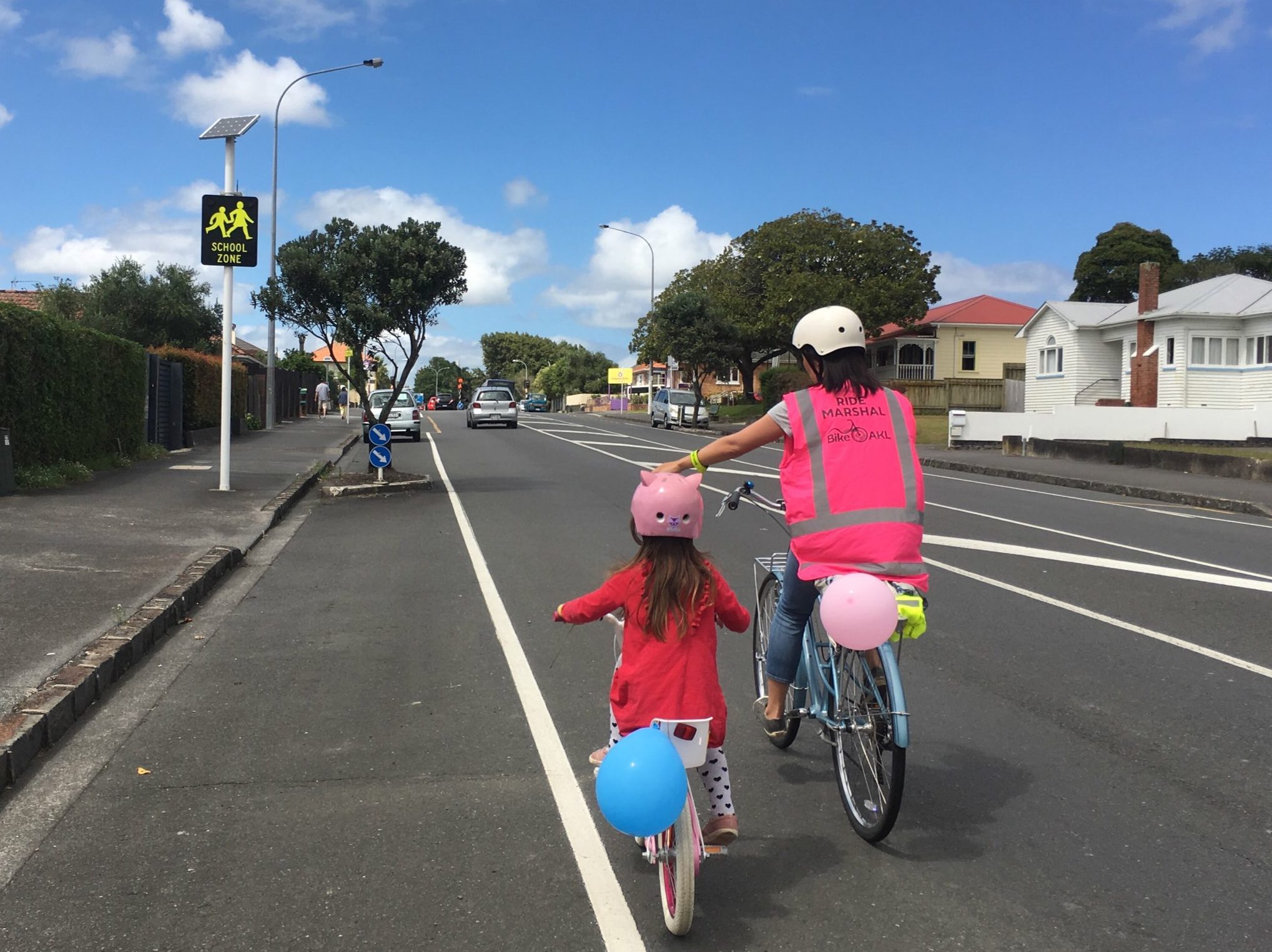
Indeed, the steadily growing cycle network is an absolute boon for this development and for nearby neighbourhoods, too. It’s not only about access and health and fun for those who use the cycleways – think of the 10,000+ people who’ll likely be moving into the new community. If they all were to pour out onto Carrington Rd and into nearby streets in cars every day, at the average Auckland occupancy of 1.4 people per car, that would be utterly unsustainable, not to mention unbearable.
For an intensifying city – especially if you want to preserve green space and enhance quality of life – cycleways are not a luxury, they’re an absolute necessity. They offer a healthy alternative commute, the option of an escape from congestion. reliable journey times, and access to smart multi-modal trips – imagine being able to choose between a 5 minute bike to the train or a 5 minute bike to light rail?
The question of schools has also come up very quickly; fortunately there’s a fabulous new walking/biking bridge linking the site to Waterview School, and other schools are within easy walking and biking distance. As long as the streets are made safe for bike travel, children growing up here should be able to get to school without a car, and parents will be able to easily fold a bike ride into both the school run and their own travel plans for the day.
And purely on a sheer quality-of-life level: picture a neighbourhood where the streets and driveways aren’t full of cars pulling in and out or racing through. As with other recent developments, carshare (and indeed bike share!) will necessarily be part of the picture.
Done well, this development offers a chance for Aucklanders to experience how freeing it can be when walking, biking and good frequent public transport relieve you from having to use cars for every single journey.
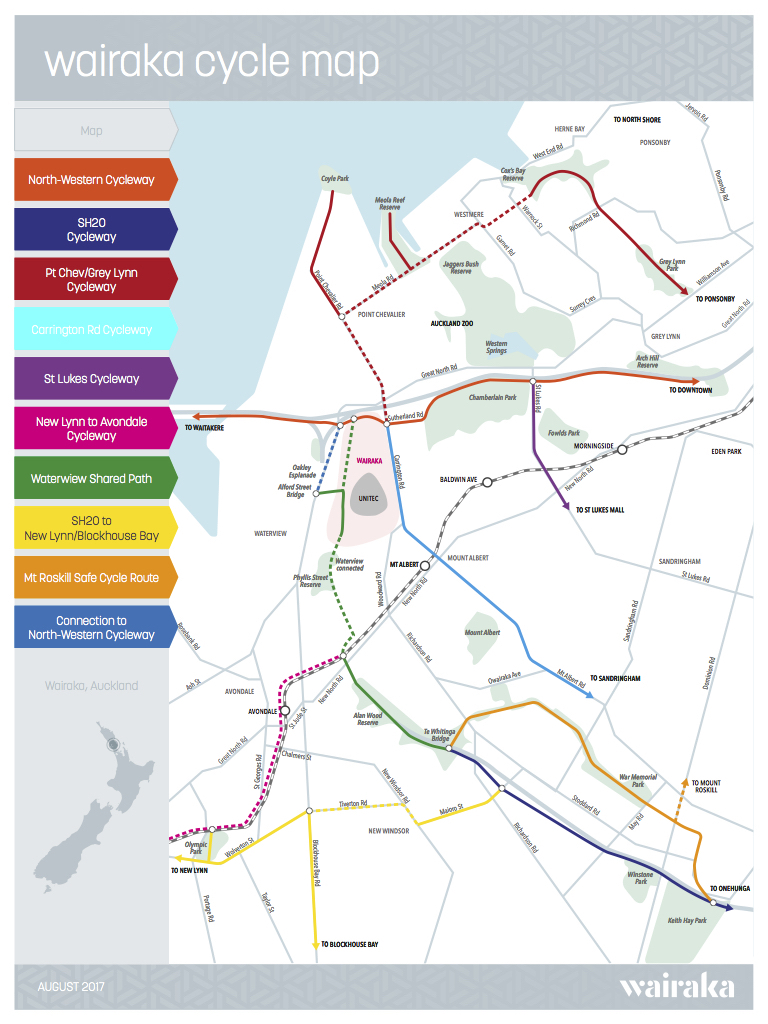
The wider connectivity is clear… and now, the trick will be to continue that bike-friendliness within the development. For the last few years, the Wairaka Land Company has been working on a transportation plan for the site which includes proper cycleways designed to best-practice standards.
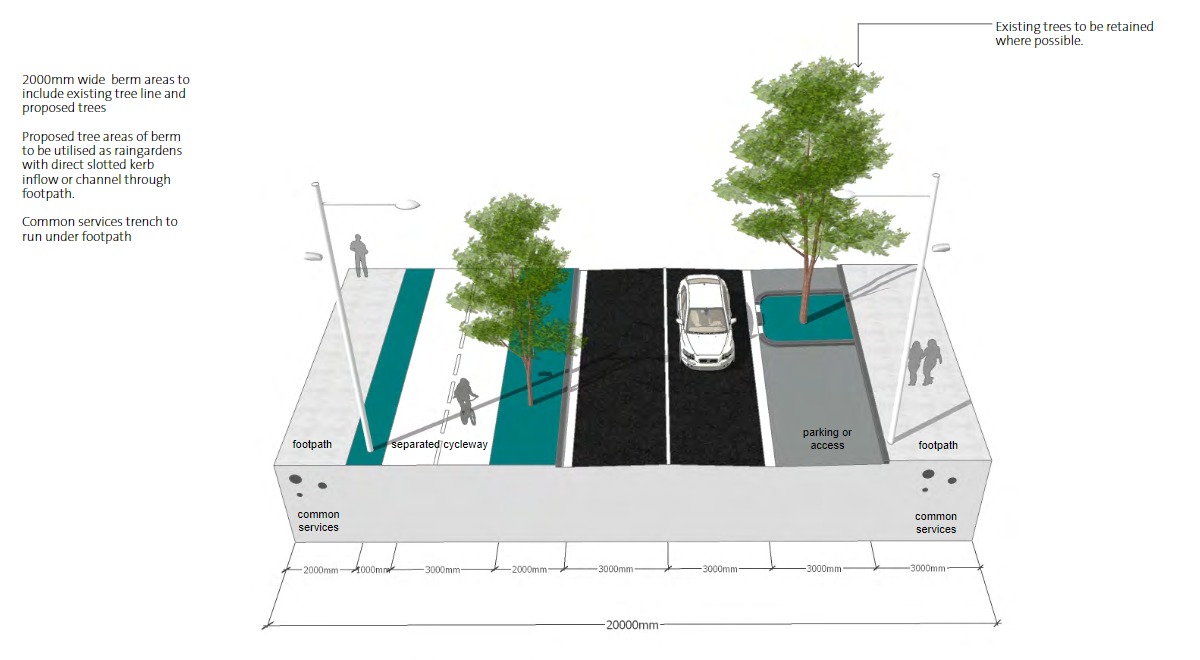
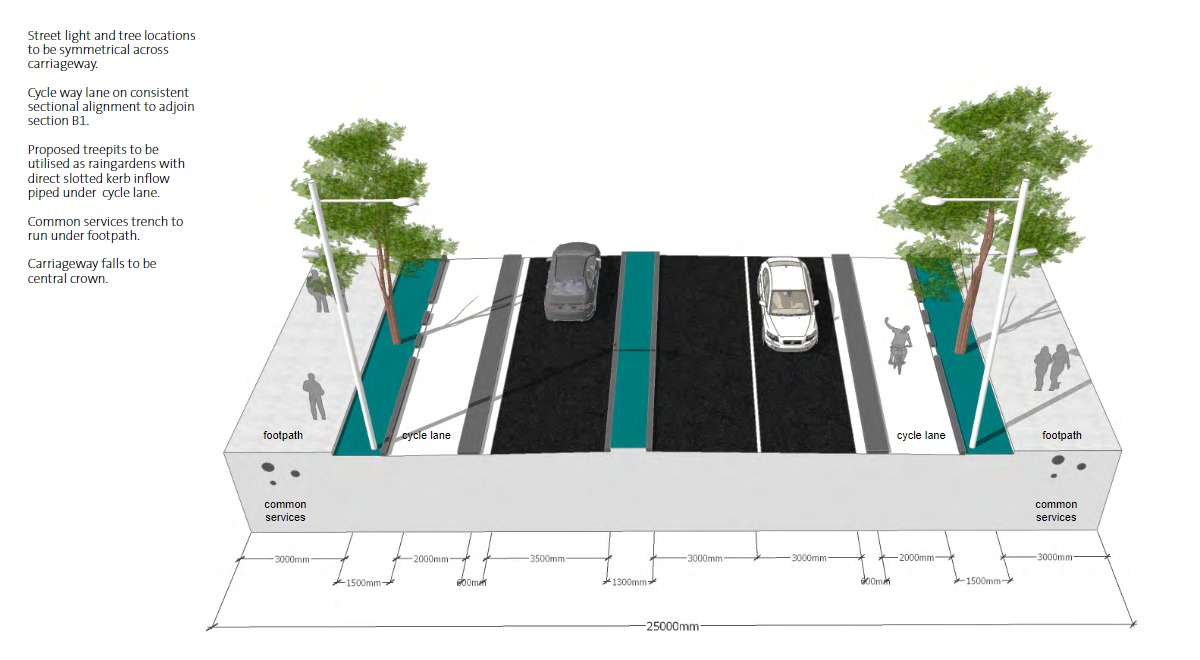
The immediate question is: will this transportation plan be carried forward into the new agreement between government and iwi?
And, beyond the boundaries of the site, what will this mean for nearby improvements? Will the Carrington Rd corridor upgrade (which includes protected cycleways) and the Pt Chevalier cycleway project be ready in time to complete the local network for a new neighbourhood of thousands of people? Watch this space!
We leave you with more promising words from Minister Phil Twyford. Let’s hold the project to this promise – and we’ll all win.
‘This is a moment when we as a government and as a community stand up and say: we’re going to do this differently. This will be a showcase of the best that urban design can bring… a place with space for children to play, where we’ll preserve and celebrate the natural and historic features and build lots of affordable houses that young families will be proud to live in.’

